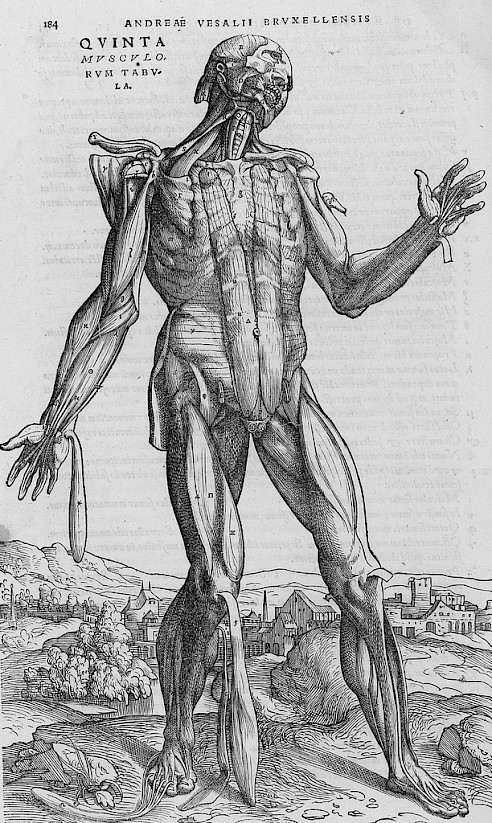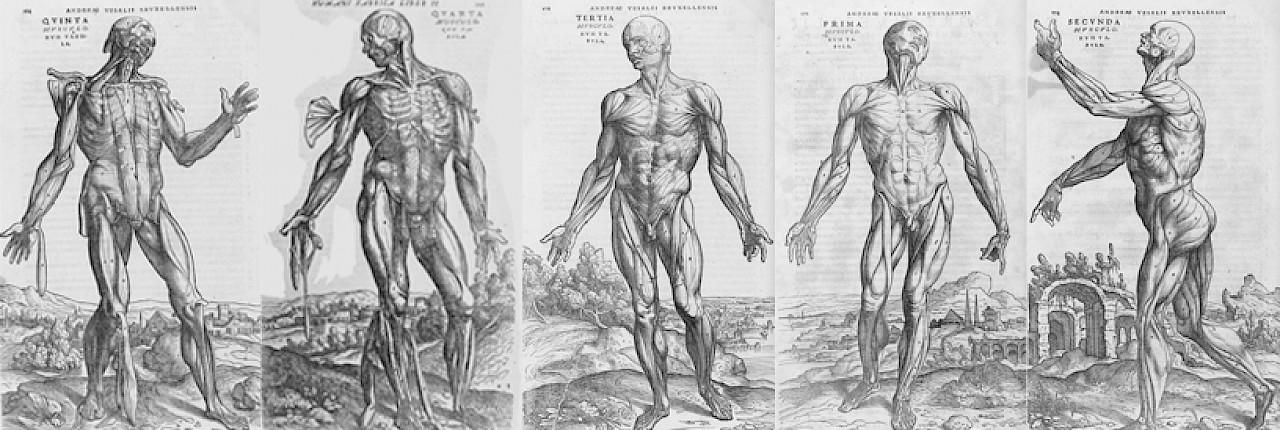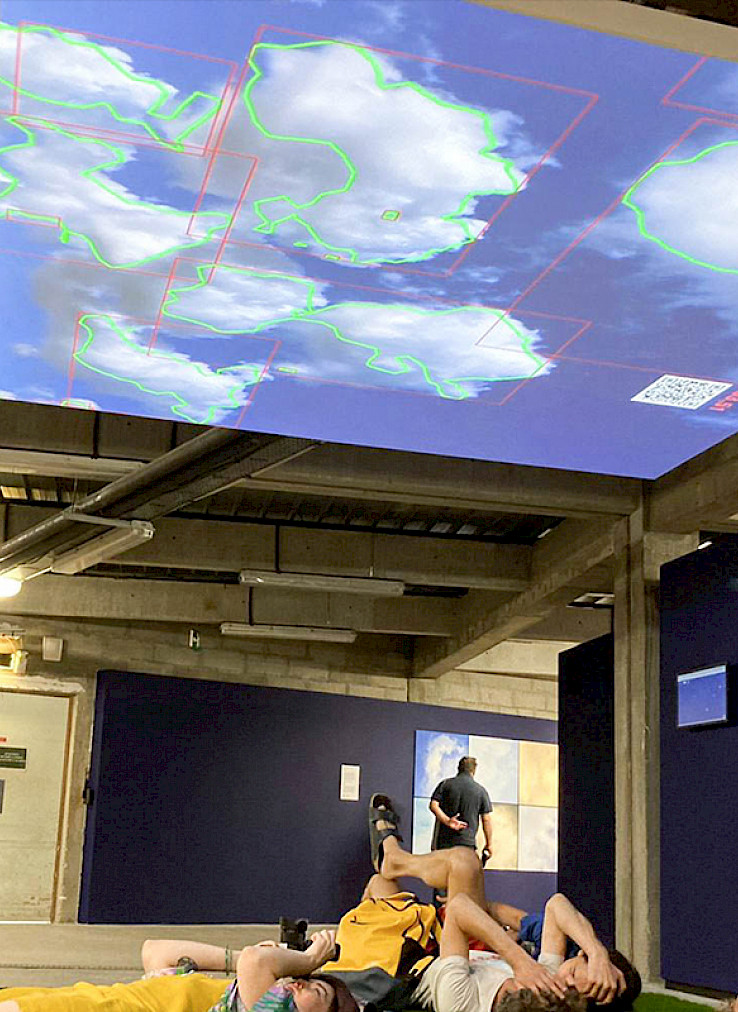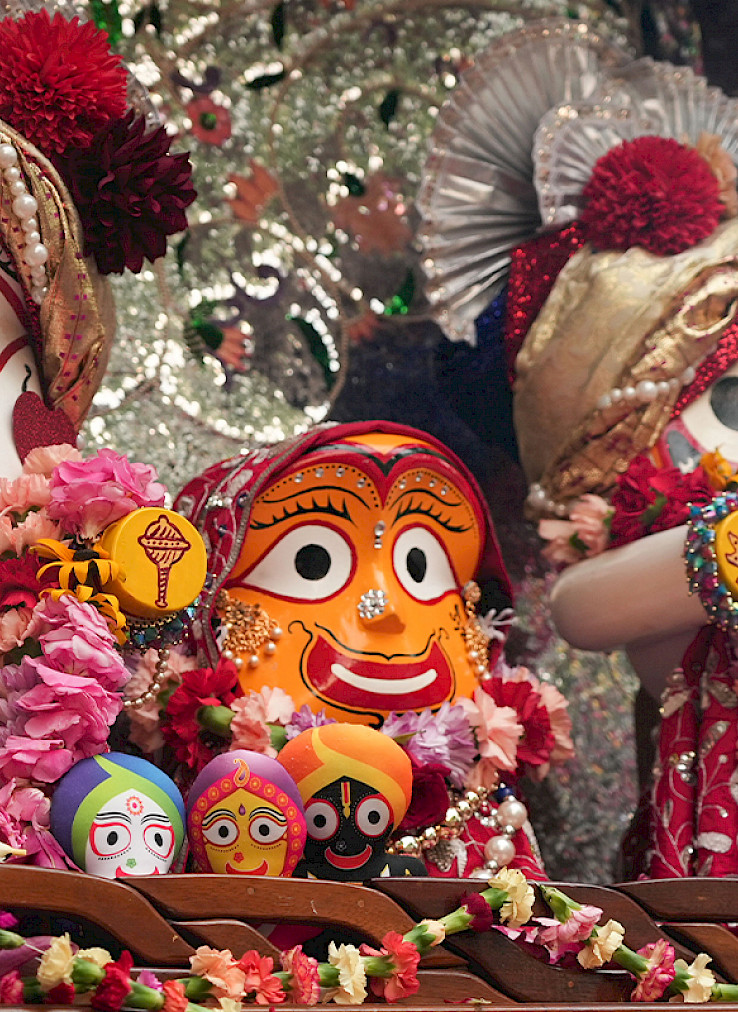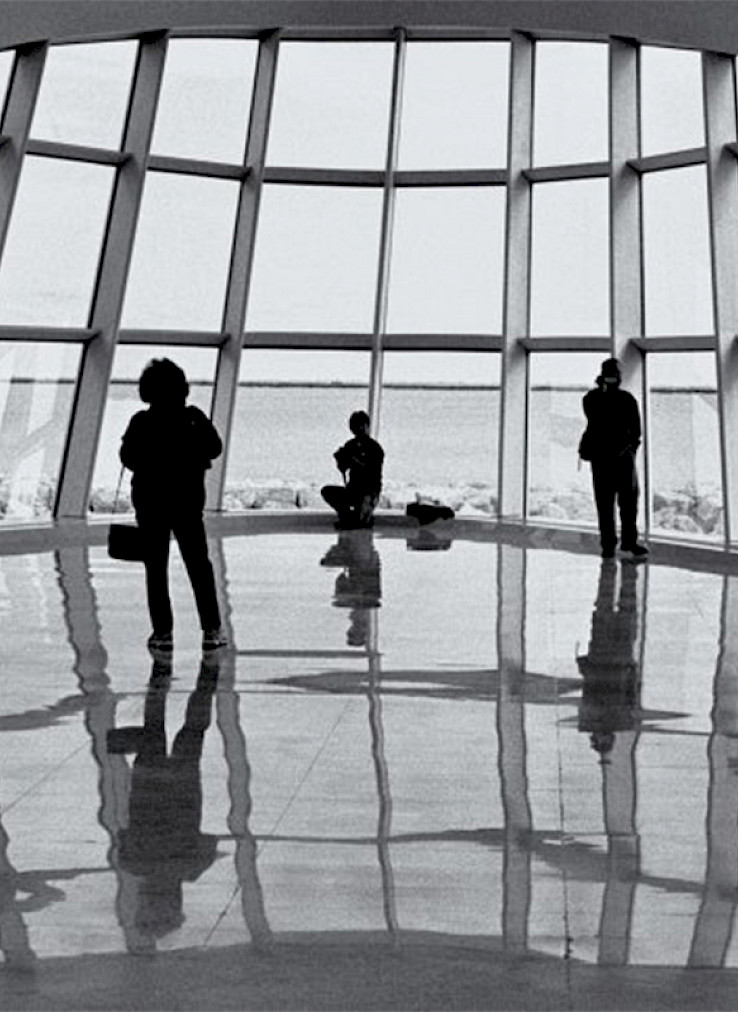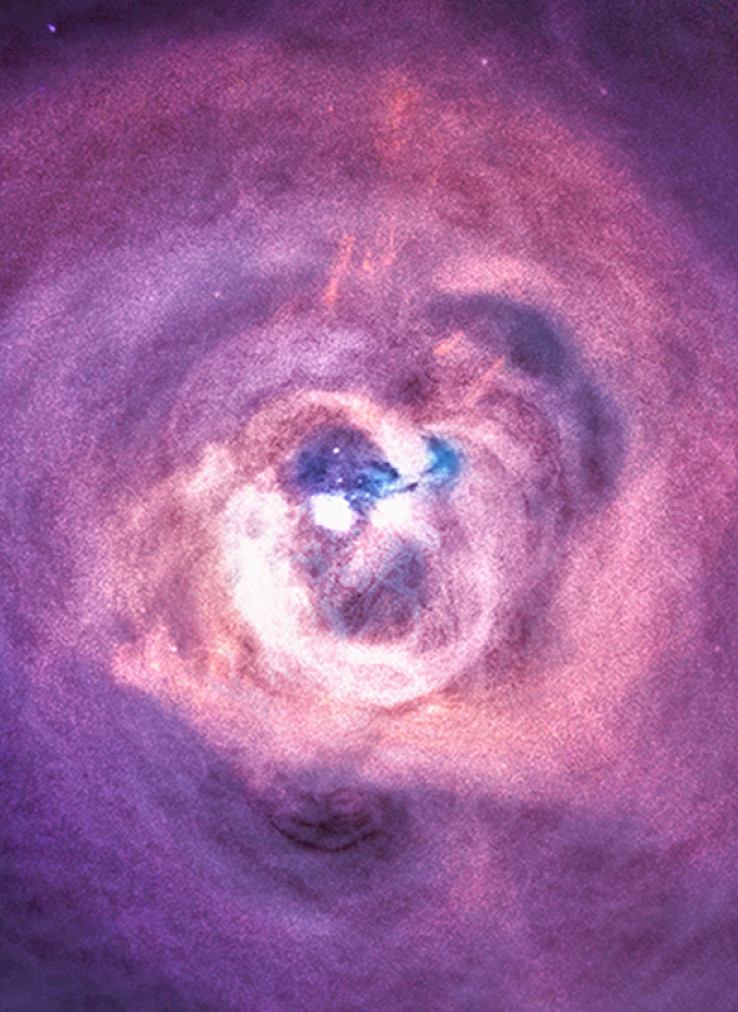Landscape is not self-evident. As a selected fragment of a larger space than what is represented, many studies[1] have already shown that landscape is only one of the various "modes of construction of the visible[2]", a form that is inscribed in a specific history, that of modernity. The modern viewer turns a part of the territory into a landscape through the way he or she looks at that space. This gaze is shaped by the learning of very precise codes, one being classical perspective[3], which became institutionalized from the Renaissance onwards.
Looking at space as landscape has implications for the way in which the spectatorial body is also represented and represents itself. Augustin Berque[4] describes and analyzes the different links that are forged between these bodies and spaces, with landscape forms varying according to the contexts in which these links appear. In Western Europe, although there have also been sub-declensions of the landscapes represented since the 16th century[5], one conception of the spectator prevails: that of a body detached from the environment observed, a closed body, distinct from external sensations, driven by analytical Reason[6]. For the modern viewer, observing and looking imply a prior distancing from the object to be seen. Touch is no longer a necessity. One needs to see from a distance, in order to re-establish links with the object we want to know about, then reintroducing haptics, but with methodology and discernment.
Space as landscape. The body as distanced gaze. Two objects subjected to naturalistic scientific investigation: the world and the human being, the exterior and the interior world. Two objects placed at a distance, to be deconstructed, dissected in order to better understand and master them.
This knowledge is achieved through the mise en image of the objects studied, through a specific way of representing them: space is made into a landscape, and the body becomes an anatomical structure. Take, for example, the woodcut engravings in Vesalius' De Humani Corporis Fabrica published in the 16th century. These plates, the fruit of dissections carried out in the anatomical theater of the University of Padua, will be the starting point of the reflection developed as part of Task 3.2. This involves thinking about medical images, and in particular the way in which the mise en image of the body through the manipulation of various modern techniques of representation contributes to the shaping of modern knowledge.
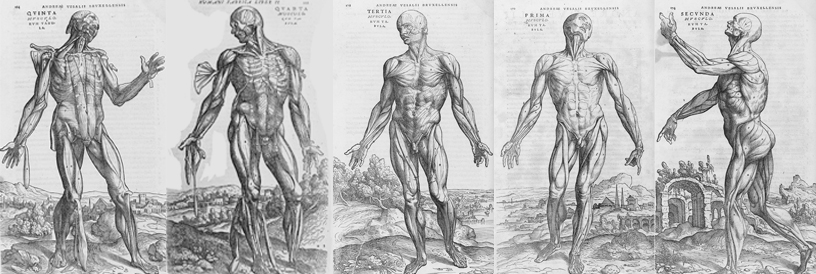
In Vésale's work, skinned bodies pose in front of landscapes to form a panorama, and this representational choice is no coincidence. Anatomical theater, a spatial device for the dramatization of the gaze, is the invention of an object of knowledge, the dissected body, and the invention of a heuristic figure, the figure of proof[7], which underpins the regime of objectivity characteristic of the fundamental sciences and modernity[8]. To what extent, then, can anatomical theater be seen as the distant ancestor of the anatomical-clinical method, what Foucault calls the implicit matrix of modern knowledge[9]?
This approach would allow us to view contemporary modes of spectatoriality, such as that of cinema but also those produced by medical imaging devices, as the culmination of the logic initiated by the way in which anatomical theater brings face-to-face looking subjects and a looked object, what Martin Jay calls the modern scopic regime.
[1] See, for example, Lamaison Pierre and Cloarec Jacques (1991) « Débat : les sociétés exotiques ont-elles des paysages ? », Études rurales, no 121-124, De l’agricole au paysage, p. 151-158. ;
Tilley Christopher (1994) A Phenomenology of Landscape : Places, Paths and Monuments, Oxford, Berg ;
Hirsch Eric & O’Hanlon Michael (1995) The Anthropology of Landscape : Perspectives on Space and Place, Oxford, Clarendon Press.
[2] Cauquelin Anne (2013) L’Invention du paysage, Paris, Presses Universitaires de France, coll. Quadrige, p. XII
[3] Panofsky Erwin (1976 [1927]) La Perspective comme forme symbolique et autres essais, Éditions de Minuit, coll. Le sens commun, 273 pages.
[4] Berque Augustin (1990) Médiance, de milieux en paysages, Montpellier, GIP Reclus, collection Géographiques, 163 pages.
(2008) La Pensée paysagère, Paris, Archibooks, Crossborders.
[5] Regarding modern European history, coexist - to only name a few - lyrical landscapes, Baroque landscape, Romantic landscape, reflective landscape, etc.
See Gardies André (1999) ) L’Espace au cinéma, Paris, Méridiens Klincksieck, 222 pages; (1999) « Le paysage comme moment narratif », dans Mottet J. (éd.), Les Paysages du cinéma, Champ Vallon, collection Pays Paysages, p. 141-154 ;
Ziegler Damien (2010) La Représentation du paysage au cinéma, Paris, Bazaar & Co; (2019) Traité du paysage moderne, La Fresnaie-Fayel, Éditions Otrante;
Rancière Jacques (2020) Le Temps du paysage : aux origines de la révolution esthétique, Paris, La Fabrique Éditions,144 pages.
[6] Crary Jonathan (2016) Les Techniques de l’observateur : vision et modernité au XIX siècle, Bellevaux, Éditions Dehors.
[7] Mandressi Raphael (2003) Le Regard de l’Anatomiste, Dissections et inventions du corps en Occident, ed. Seuil, Paris, 352 p.
Normand Vincent (2019) « Apparatus and Form: The Split Identity of the Exhibition », in Tristan Garcia, Vincent Normand (eds.), Theatre, Garden, Bestiary. A Materialist History of Exhibitions, Sternberg Press/ECAL, 308 pages;
(2016) « The Eclipse of the Witness: Natural Anatomy and the Scopic Regime of Modern Exhibition-Machines », L'Internationale Online, Web.
[8] Daston Lorraine and Galison Peter (2010) Objectivity, Zone Books, 504 p.
[9] Foucault Michel (2015 [1969]) Naissance de la clinique : une archéologie du regard médical, 9ème édition, PUF, 300 p.



